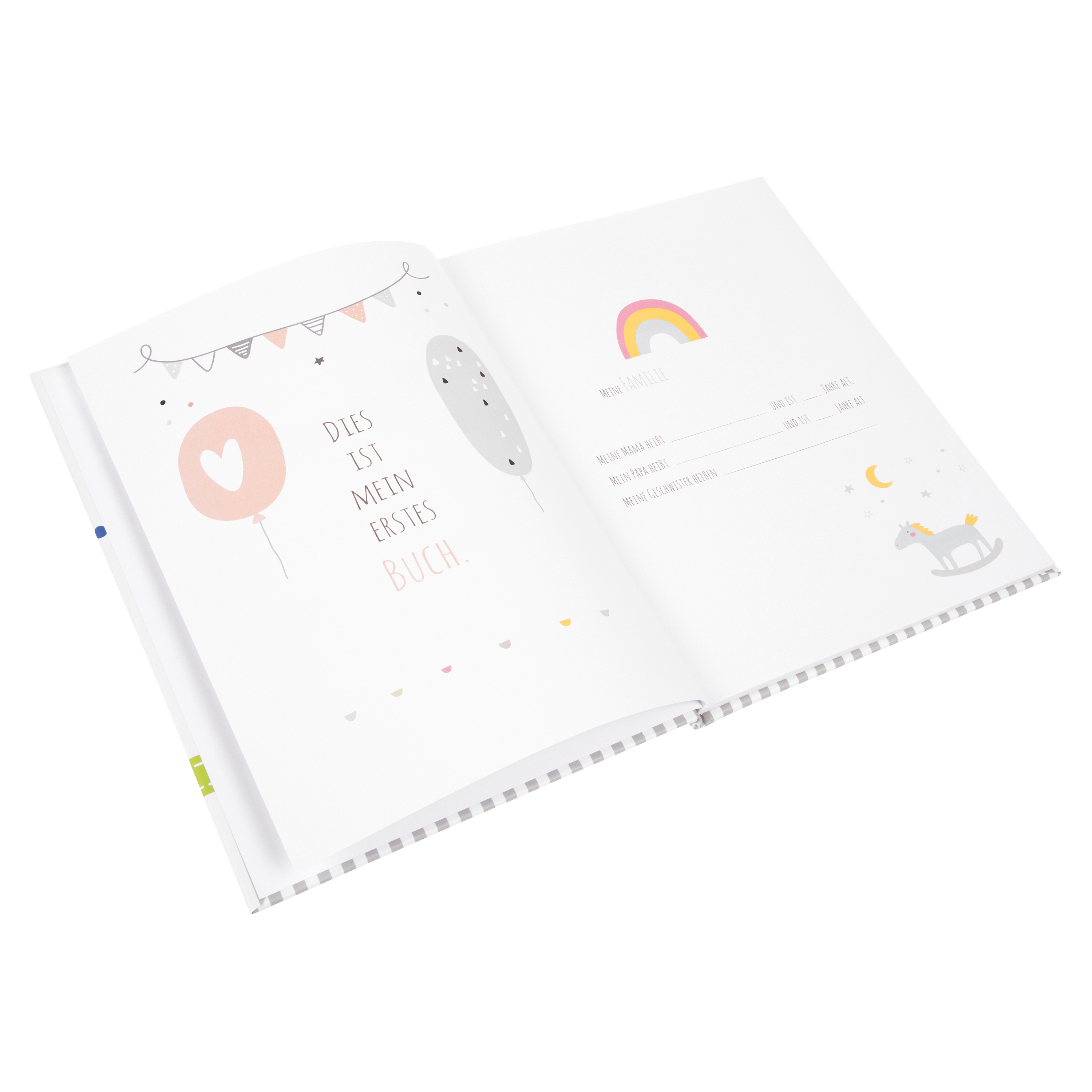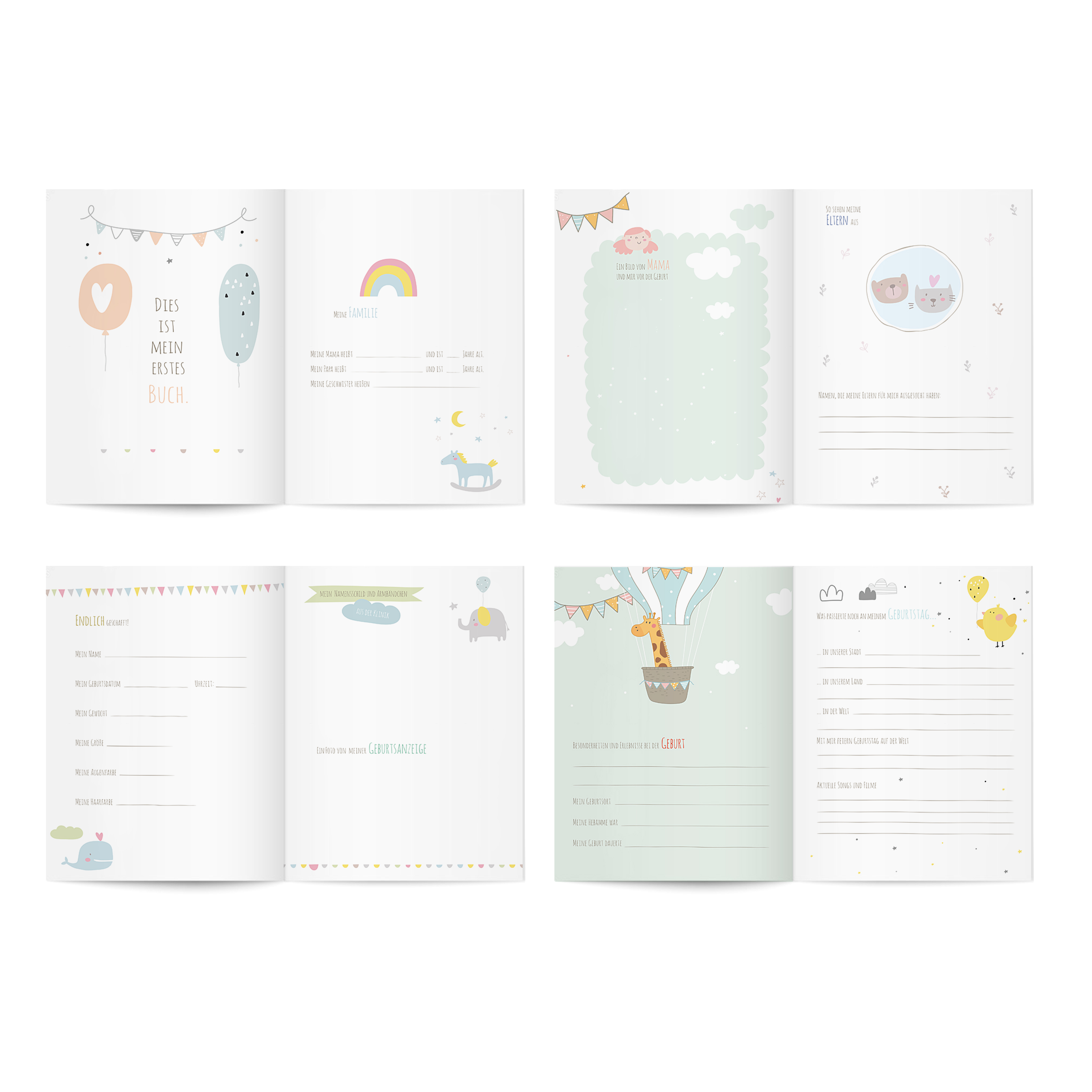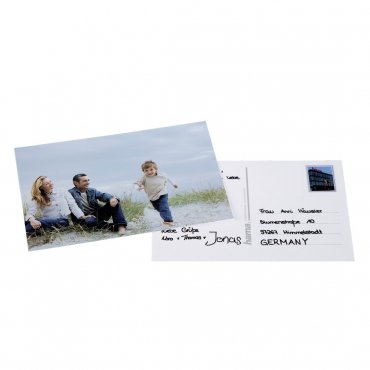The design BABYWORLD has been in our collection for many years and is indispensable. A gray elephant is the center of attention and holds a flower with his trunk. On the back of the elephant also a small bird has made himself comfortable. Fine dots in green and blue round off the design stylishly.
Top-Features
- Made of Art print
- With 44 pages
- Page colour: colorful
- Occasion: Baby / Kids
- Size: 21 x 28













Simply subscribe and benefit as a newsletter recipient every week: